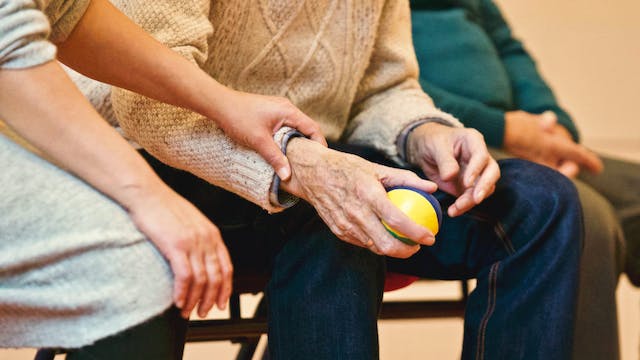Arthritis sufferers have longed for a cure for the debilitating disease and now a new treatment has Australian researchers confident of a breakthrough.
Considered irreversible, osteoarthritis is caused by the degeneration of cartilage and other joint tissue and is the most common form of arthritis, affecting one-in-five Australians over 45.
But the condition, which causes people pain and limits mobility, could be reversed by a novel stem cell treatment discovered by researchers at the University of Adelaide.
Whereas existing therapies only attempt to alleviate a patient’s symptoms, treatment with fibroblast growth factor 18 was shown to stimulate the growth of the Gremlin 1 stem cell gene in lab mice, leading to recovery of joint cartilage thickness and reduced osteoarthritis.
Study co-lead author Jia Ng believes the findings could revolutionise the current “band-aid” approach to arthritis treatment.
“The findings of our study reimagine osteoarthritis not as a ‘wear and tear’ condition but as an active, and pharmaceutically reversible, loss of critical articular cartilage stem cells,” Dr Ng said.
“With this new information, we are now able to explore pharmaceutical options to directly target the stem cell population that is responsible for the development of articular cartilage and progression of osteoarthritis.”
Treating the disease cost the Australian health system an estimated $3.9 billion in 2019-20 and its progression is aggravated by ageing, obesity, injury and family history.
By reversing osteoarthritis rather than just alleviating its symptoms, the treatment could also improve outcomes for osteoarthritis comorbidities, including heart disease, diabetes and cancer.
It is hoped Gremlin 1 cells could also be used to treat other forms of cartilage injury and disease, which are notoriously challenging to repair.
Although the study was only conducted in animals, Dr Ng said there are genetic similarities to human samples and human trials are ongoing.
Researchers are hoping arthritis patients will be able to access the treatment soon.
Jacob Shteyman
(Australian Associated Press)





